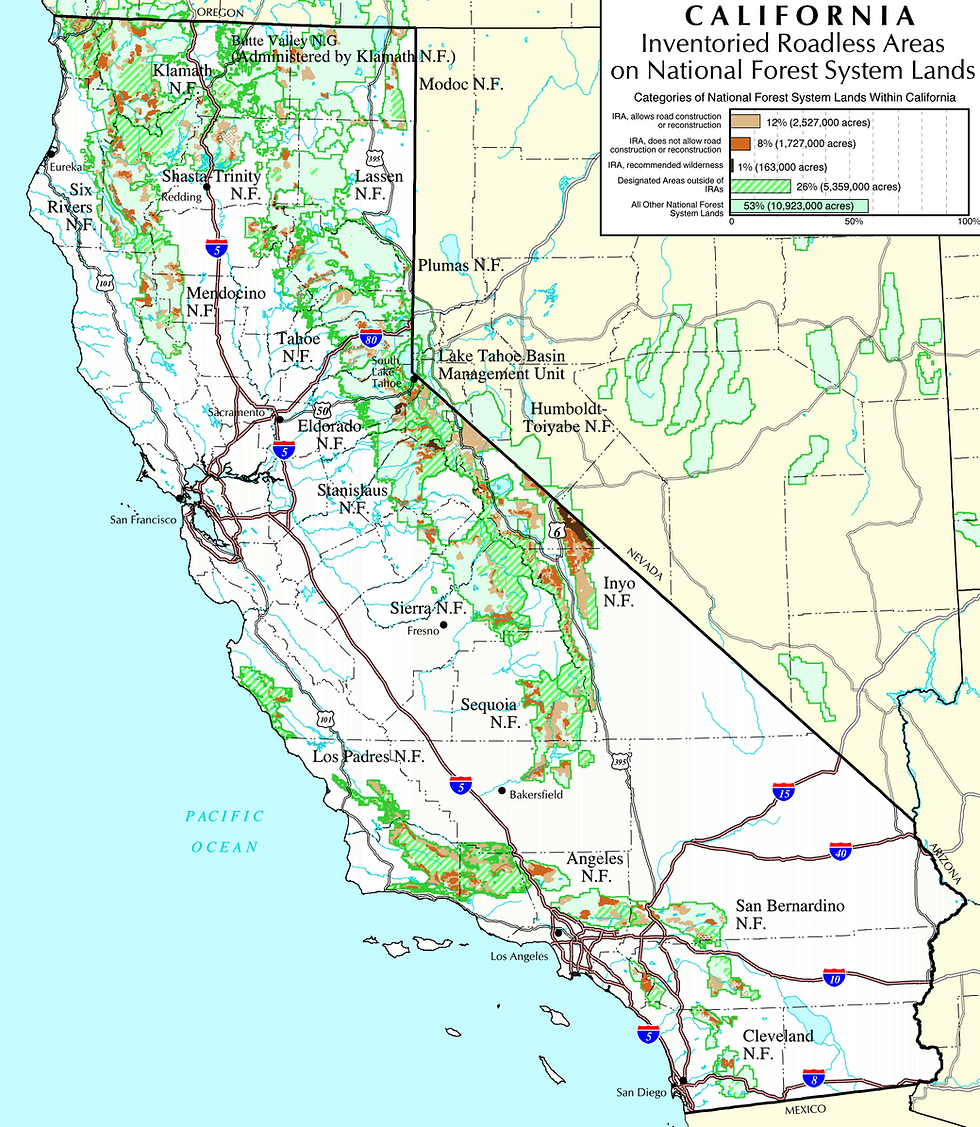How Beaver Dams Taught Salmon to Jump: An Ecological Tale of Coevolution
- Tom Wheeler
- Feb 27, 2024
- 2 min read

Happy Leap Day! In honor of this quadrennial day, let’s reflect on how beavers taught salmon to “leap.”
The industrious beaver, with its remarkable engineering skills, constructs elaborate dams to create ponds where it builds lodges and stores food. Meanwhile, the salmon, in its annual pilgrimage, swims upstream from the ocean to its natal streams to spawn, and must overcome formidable obstacles along the way. Along the West Coast, beavers and salmon co-evolved with one another. Where these two species converge, beaver dams alter the flow of water, creating barriers that impede the progress of migrating salmon. These dams, built from branches, mud and rocks, slow the current and raise the water level, transforming the stream into a series of interconnected ponds. For the salmon, accustomed to the swift flow of open water, these obstacles pose an arduous challenge.

Faced with this challenge, salmon evolved a new talent: jumping. Instead of being deterred by the dams, they propel themselves out of the water with astonishing agility, using their powerful tails to clear the barrier and continue their journey upstream. Over generations, salmon that possessed the ability to leap higher were more likely to successfully navigate past the dams and reach their spawning grounds. Through natural selection, this trait became increasingly prevalent in salmon populations inhabiting streams with beaver dams.
The interaction between beavers and salmon also extends beyond the individual and species levels, and influences entire ecosystems. Beaver dams create diverse habitats that support a wealth of plant and animal life, from aquatic insects to birds and mammals. The presence of salmon, in turn, contributes nutrients from their bodies to the ecosystem, enriching the soil and sustaining the surrounding vegetation. Thus, the partnership between beavers and salmon shapes the dynamics of the landscape in profound ways.
EPIC is working to bring both salmon and beavers back to the landscape. From fighting fish-killing water diversions in the Shasta River to petitioning for new rules intended to protect beaver from their top predator, humans, EPIC is committed to helping these two species continue to coexist and evolve together. Browse the beaver-inspired merchandise in our "The Only Dams We Need" collection in our online shop.





Comments